Actor Paul Muni so immersed himself in his film roles that he often continued to remain in character long after a scene had been shot. Director Howard Hawks noticed this when Muni played notorious gangster Antonio “Tony” Camonte in the original version of Scarface in 1932. It was said that Muni became possessed by the character and his whole demeanour changed—in particular his eyes seemed utterly deranged. Al Pacino had heard the stories of Muni’s great acting talent and in the early 1980s he attended a screening of Scarface at the Tiffany Theater in Los Angeles. The film and Muni’s performance blew him away, and Pacino contacted his agent, producer Martin Bregman, to suggest they collaborate on a remake of the movie.
Pacino had an idea of keeping the film in period 1930s, but after discussions with first choice director Sidney Lumet it was decided to set the film in the present day and to tell the story of a Cuban exile, Tony Montana, and his rise and fall as a violent drug lord. Lumet wanted to use the film as a political attack on the US government’s involvement in South America, and the reasons for the massive influx of cocaine into the country. Bregman disagreed and Lumet quit the project. Brian De Palma was then chosen to direct the film with Oliver Stone as screenwriter. At that time, Stone was apparently struggling with his own cocaine problems, and chose to write the screenplay in Paris, later explaining:
Tell us something we don’t know Oliver Stoned! Solely fixed on writing, Stone delivered a hefty three-hour movie script, which De Palma turned into one of cinema’s greatest gangster movies. When the film was released, not everyone agreed as the majority of movie critics denounced Scarface as being a morally bankrupt, overblown B-movie, and damned the film for its excessive bad language (the word “fuck” was used 226 times) and its gratuitous violence. However, most of this violence, in particular the notorious chainsaw scene, is suggested rather than seen, and while most critics headed for the exits, the likes of Roger Ebert and Vincent Canby praised the film.I don’t think cocaine helps writing. It’s very destructive to the brain cells.
The negative reviews had little effect on the audiences and the film made a profit. Over the years, the “ayes” were proven right, as in 2008 Scarface was included by the American Film Institute as one of the ten greatest gangster movies ever made.
Director Brian De Palma prepares to shoot a scene with Al Pacino as Tony Montana.
De Palma with cinematographer John A. Alonzo.
De Palma, Alonzo and Pacino setting up shot.
Though set in Miami most of the movie was filmed in Los Angeles, as the Miami Tourist Board feared the depiction of the underworld of drugs and gangsters would deter tourists from visiting the city.
Pacino as Montana pulls the trigger.
Originally Glenn Close was considered for the role of Elvira Hancock, but producer Martin Bregman cast the then unknown Michelle Pfeiffer against the wishes of De Palma and Pacino.
De Palma discussies a scene with Pfeiffer.
Pfeiffer and Pacino on set.
De Palma with screenwriter Oliver Stone.
F. Murray Abraham as Omar Suárez comes to a ‘noose’ end.
Director and star. De Palma was the second choice director for ‘Scarface’, Sidney Lumet was to helm until ‘creative differences’ with Bregman saw him drop out.
Pacino and De Palma discuss the script, which had the word ‘fuck’ in it 226 times.
Pacino trained under boxer Roberto Duran to build the physique for the role of Tony Montana. Here Pacino talks with De Palma about the final shoot-out.
De Plama rehearsing the final showdown with Pacino.
Montana’s line ‘Say hello to my little friend’ has become one of the best known in cinematic history.
Via Vintage, Taringa, and Cine Archive.
It's in my eyes, and it doesn't look that way to me, In my eyes. - Minor Threat
Friday, January 23, 2015
Say hello to my little friend Behind-the-scenes of 'Scarface'
from Dangerous Minds:
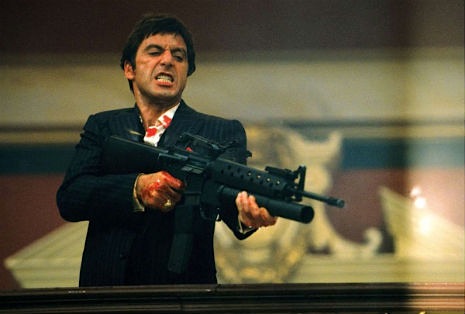
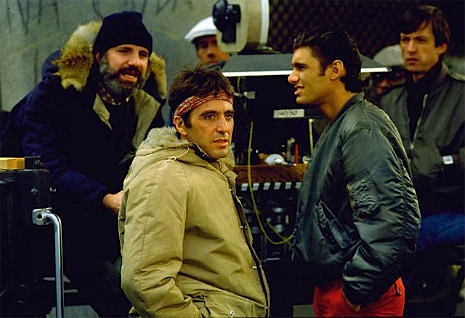

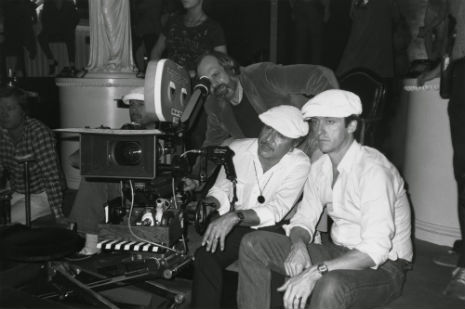

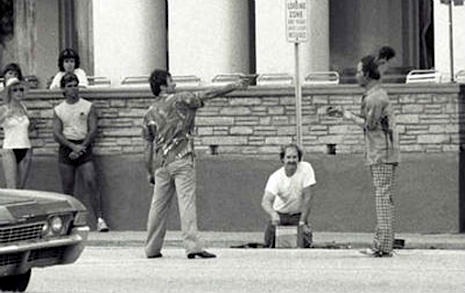
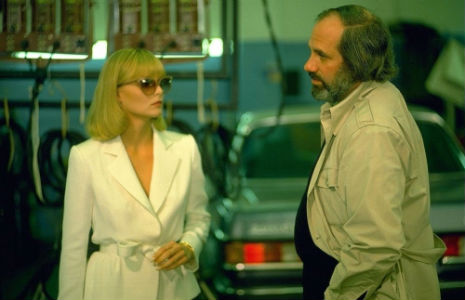
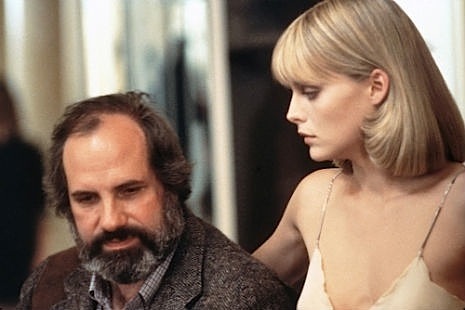
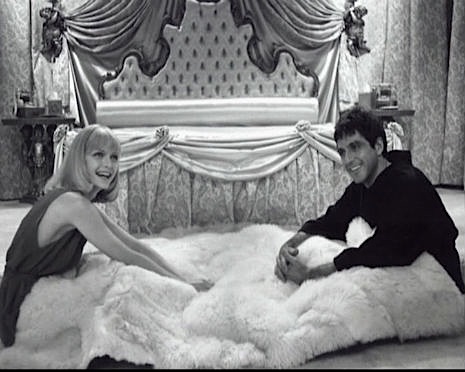
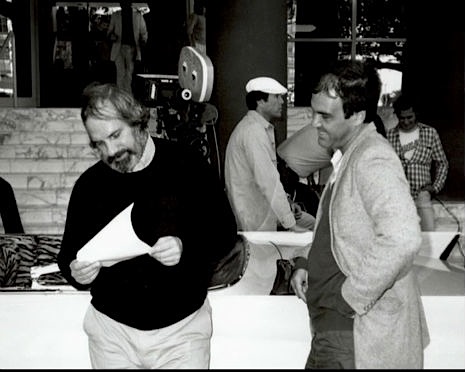


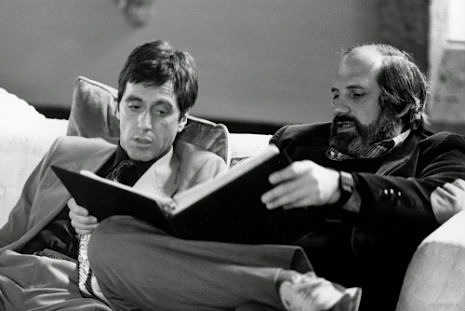
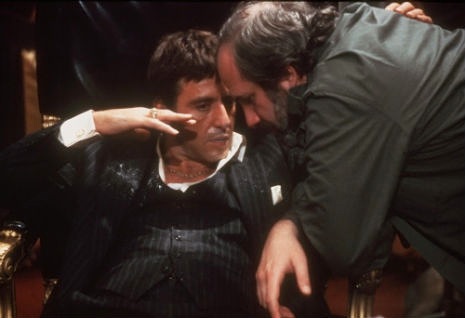
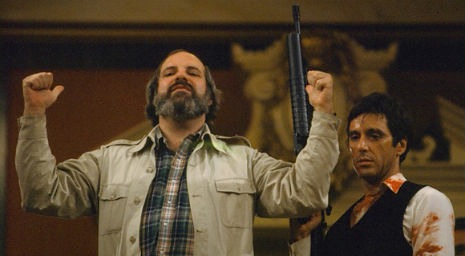
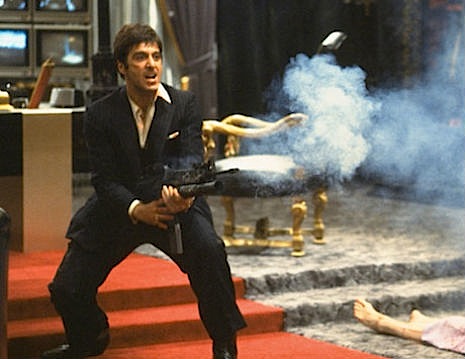
No comments:
Post a Comment